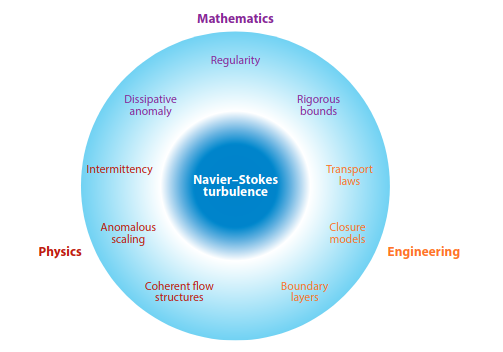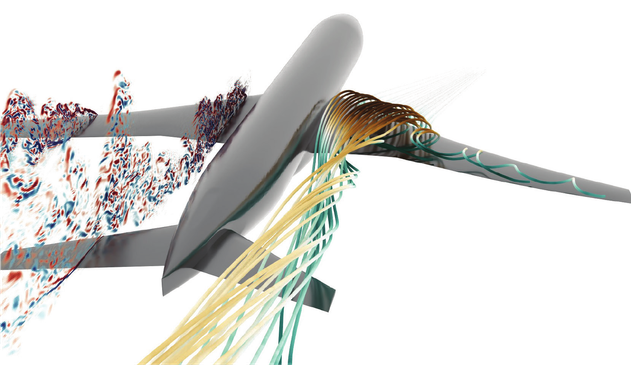An Article in the Annual Review of Condensed Matter Physics on Turbulence by KR Sreenivasan and J Schumacher
https://www.annualreviews.org/content/journals/10.1146/annurev-conmatphys-031620-095842
What is the turbulence problem, and when can we say it’s solved? This deep dive by Sreenivasan & Schumacher explores the math, physics, and engineering challenges of turbulence—from Navier-Stokes equations to intermittency and beyond. A must-read for anyone fascinated by chaos, complexity, and the unsolved mysteries of fluid dynamics!
A summary of the talk presented by KR Sreenivasan in December 2023 at the International Center for Theoretical Sciences (ICTS-TIFR) in Bengaluru, as part of a program on field theory and turbulence.
https://www.youtube.com/watch?v=fwVSBYh-KC4
"Field Theory and Turbulence" program link: https://www.icts.res.in/discussion-meeting/ftt
#FluidDynamics #Physics #NavierStokes #UnsolvedMystery #Mechanics #Dynamics #FluidMechanics #Science #Chaos #TurbulentMotion #Randomness #Chaotic #Fluid #ClassicalMechanics
#Turbulence



